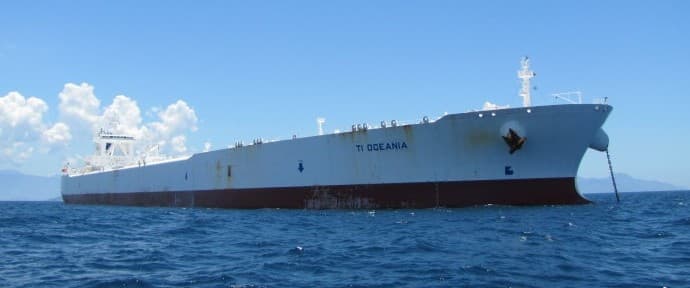The Western embargoes on seaborne imports of Russian crude and refined products have upended traditional oil shipping routes and resulted in inefficient trade patterns that make shipping fuels more expensive and boost demand for tankers carrying petroleum products.
The EU banned—effective February 5—seaborne imports of Russian refined oil products and around 1 million barrels per day (bpd) of Russian diesel, naphtha, and other fuels had to find a home elsewhere if Moscow wanted to continue getting money for those products. The flow of Russian fuels to third countries is also regulated by price caps, similar to the cap on Russian crude if the trade is carried out through Western insurers. The cap on Russian diesel is $100 per barrel, while the cap on lower-cost petroleum products is set at $45 a barrel.
Since February 5, the average rates for tankers shipping fuels have more than doubled, according to the Clean Tanker Index published by the Baltic Exchange and cited by Reuters.
Trade Routes Shift
Ahead of the EU ban on Russian petroleum products, Russia began to divert its oil product cargoes to North Africa and Asia. At the same time, Europe has started to buy more diesel and other fuels from the Middle East, Asia, and North America to replace the lost Russian barrels.
North Africa is becoming a key export outlet of Russia’s diesel and other petroleum products. According to analysts, countries in North Africa will not be consuming all the Russian oil products they are importing. North Africa isn’t boosting its refining processing, either. This leaves one plausible explanation for the jump in imports of Russian fuels—re-export to other countries, including Europe, after blending with products of non-Russian origin.
Between October 2021 and September 2022, before the EU’s sanctions on Russian fuel imports, diesel imports from Russia accounted for 53% of Northwest Europe’s seaborne imports, per data from the U.S. Energy Information Administration. In February 2023, when the sanctions took effect, those diesel imports fell to 2%. Although petroleum product imports from Russia have declined, imports from other areas, notably the Middle East and Asia, have increased. Northwest Europe has significantly boosted diesel imports from Saudi Arabia, India, China, and South Korea, according to the EIA.
Tanker Markets Tighten
Due to the new trade routes, the so-called clean tankers carrying gasoline and diesel now have to travel three times longer from a Russian port to a destination in Latin America, for example, compared to just four or five days’ trips from Russia’s Baltic Sea ports to Belgium’s Antwerp hub before the embargo.
This dislocation of global trade in fuels, with the longer distances tankers are now having to travel to deliver Russian oil products outside Europe, is boosting demand for tankers hauling petroleum products.
So far into 2023, a total of 38 mid-range fuel tankers have been ordered, the highest number since 2013, per data from shipbroker Braemar cited by Bloomberg. Orders for fuel tankers have soared so far this year to the highest in a decade, with global trade being upended by sanctions on Russia while Asia and the Middle East add refining capacity at the expense of the U.S. and Europe.
Utilization of medium-range (MR) fuel tankers carrying Russian products has increased steadily since the last quarter of 2022 and over 80% this year alone, Vortexa said at the end of March.
Tankers loaded with Russian fuels are mostly diesel headed to destinations much further than Europe, such as South America, West Africa, or Southeast Asia, Vortexa freight analyst Dylan Simpson noted.
“Not only are voyages much longer, but vessel behaviour has also changed, keeping vessels from operating in other CPP [clean petroleum product] markets,” Simpson wrote.
“With fleet growth in the tanker market staying limited for at least the next two years on the back of a low orderbook, Russian CPP trade has increased vessel requirements in the MR segment and hence exacerbated tightness in the global MR market.”
The changes in CPP trade flows out of Russia are stark, Gibson Shipbrokers said in a market report one month after the EU embargo on Russian fuels came into effect.
“Until February, Europe had remained Russia’s primary market for refined product exports; however, in the space of a month, a major pivot has been observed,” Gibson said.
So far, tanker tracking suggests that Russia has been relatively successful in placing most of its fuels in markets other than Europe, despite the fact that Moscow has been forced to divert cargoes to distant markets in order to maintain export volumes, according to the shipbroker.
“However, much depends on Russia’s export strategy and ability to maintain refining runs and Western Governments’ willingness to allow Russian products to be rebranded and re-exported overseas,” Gibson noted.
“In any case, the refined products price cap has created additional inefficiencies in refined products trade, which are unlikely to be reversed anytime soon, if ever.”

